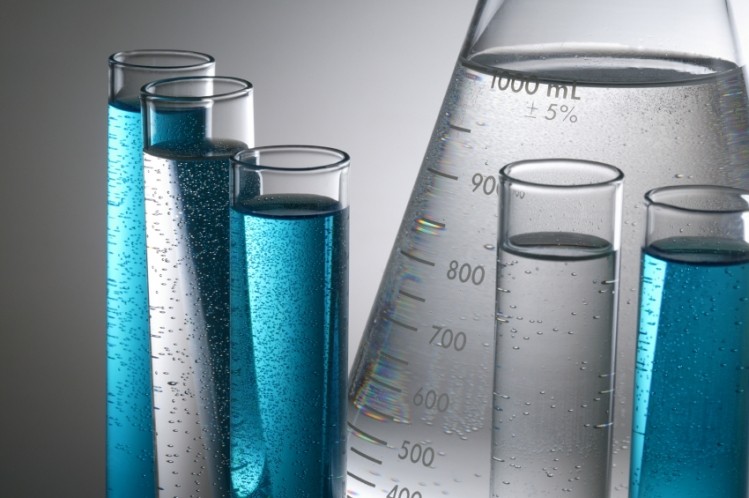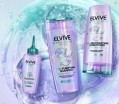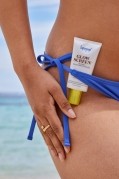Fungi and bacteria the source of sustainable surfactant inspiration

Cosmetics, shampoos, shower gels and bath additives consist of up to 40 percent surfactants, which reduce the surface tension of water, so that oil can be mixed with water.
Annually about 18 million tonnes of surfactants are manufactured, mainly by chemical means and on a petroleum base, however researchers at the Fraunhofer Institute for Interfacial Engineering and Biotechnology IGB are taking a different approach.
"We produce biosurfactants microbially, based on sustainable resources such as sugar and plant oil," said Suzanne Zibek, a technical biologist and engineer at the IGB in Stuttgart.
Tackling the problems
The scientist and her team use cellobiose lipids (CL) and mannosylerythritol lipids (MEL) claiming that testing has shown these to be promising for industrial application.
They are produced in large quantities by certain types of smut fungus, of the kind that can affect corn plants. What is more, CL also has antibacterial properties.
Biological surfactants are biodegradable and less toxic than their synthetic counterparts, but are used in only a few household products and cosmetics, as they are costly and difficult to produce, with low yields, according to the German scientists.
"If we want natural surfactants to conquer the mass market, we need to increase fermentation yields," continued Zibek.
Bring down costs
The biologist and her team are optimizing the production process in order to bring down manufacturing costs.
They cultivate the microorganisms in a bioreactor, where they grow in a continuously stirred culture medium containing sugar, oil, vitamins and minerals salts.
Zibek claims the goal is to achieve high concentrations in as short a time as possible, so her team needs to encourage as many microorganisms as possible to grow.
There are numerous factors with a bearing on the outcome, including the oxygen supply, the pH value, the condition of the cells, and the temperature.
“The composition of the culture medium itself is also crucial. It is not just a question of how much sugar and oil go into the mix, but also the speed at which they are added,” said IGB.

















